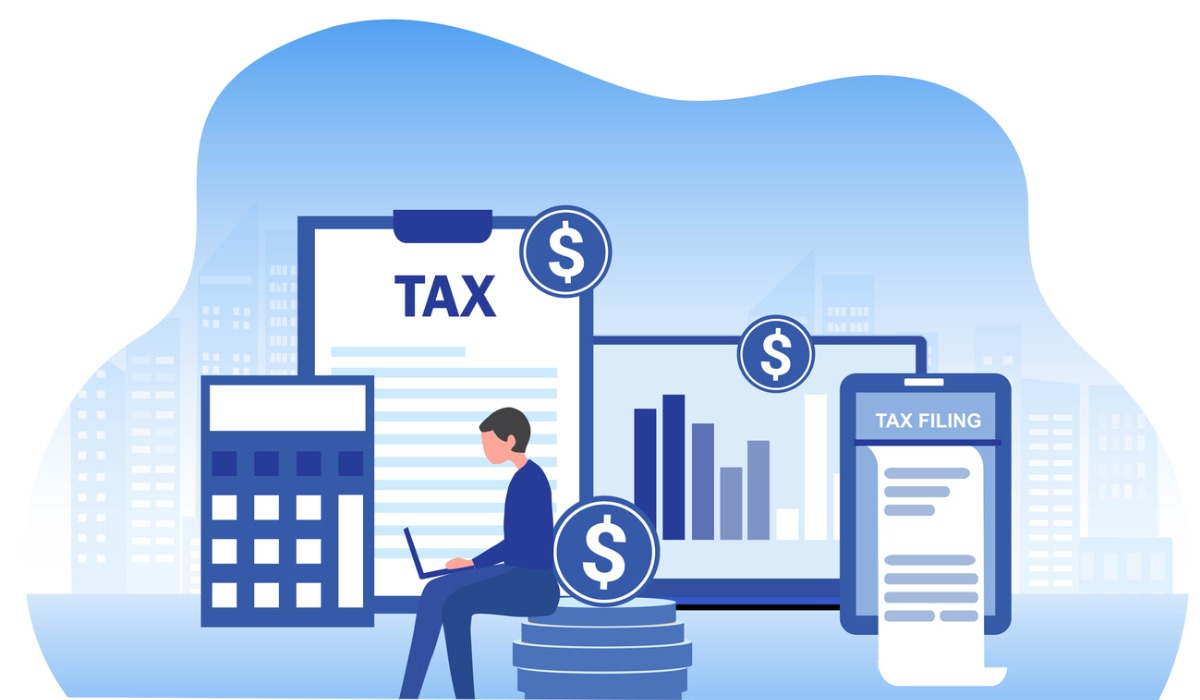The basics of tax estimates: What, Who, and Why
Everyone must pay the federal government taxes as they earn or receive income during the year. In other words, our income tax system is a pay-as-you-go system. If you wait until April 15th of the following year to pay your required taxes, the IRS will penalize you.
Employees have taxes withheld from their paychecks throughout the year by their employers based on their W-4 forms. Others need to make these payments directly to the government in the form of an estimated tax payment, rather than waiting until the end of the year to pay when they file their annual tax return.
Essentially, you are making a deposit to your IRS account that the IRS holds onto until you file your tax return. If you deposit too much, you will receive a refund. If you deposit too little, you will owe an additional amount at tax time.
What?
Estimated taxes are quarterly payments paid to cover income tax liability on income that does not have withholding. For example, this would include a self-employed job, investment income, inheritance, or receiving additional income during the current tax year. Estimates are called “Quarterly Estimates”, but take note, the deadlines for making a quarterly payment are not exactly quarterly: April 15th (Q1), June 15th (Q2), September 15th (Q3), & January 15th (Q4), with early payments and additional payments accepted. The IRS can provide a worksheet (1040-ES) to assist in the estimation of tax liability and will accept payments through IRS.gov (click here for links to make tax payments) and via mail using the payment voucher Form 1040-ES.
Who?
Estimated taxes are typically paid by:
- Freelance workers or independent contractors
- Business owners
- Employees that are under withholding on their W-2 jobs
- Retirees
- Individuals with investment income
- Anyone whose income is not being automatically withheld by an employer
Why?
Since our tax system is a “pay as you go” system, Quarterly Estimates are required to avoid penalties and interest on the amount of tax you are required to pay for that year. The IRS requires that you review your income each quarter and then pay the amount of tax you owe by the next due date.
For example, let’s assume you sold stocks on 2/1/2022 and made a Long Term Capital Gain of $100,000. To prevent penalties of under withholding, you would make a $20,000 first quarter estimate by April 15th. This is because the income was received in the first quarter of the year.
Consequence
If estimated taxes are not paid on time, interest and penalties will accrue equal to 1/2 percent of the unpaid amount per month.
If you have additional questions about the tax you owe or would like a tax projection, please contact us. Click here for contact information.
Want to learn more?
Here are a few more resources to help answer your questions…
Estimated Taxes – IRS.gov
Basics of estimated taxes for individuals – IRS.gov
Estimated Tax – Investopedia.com
Blog by Daniel Walters – Tax Accountant
Learn more about Daniel and the rest of the Storen Financial team here.


